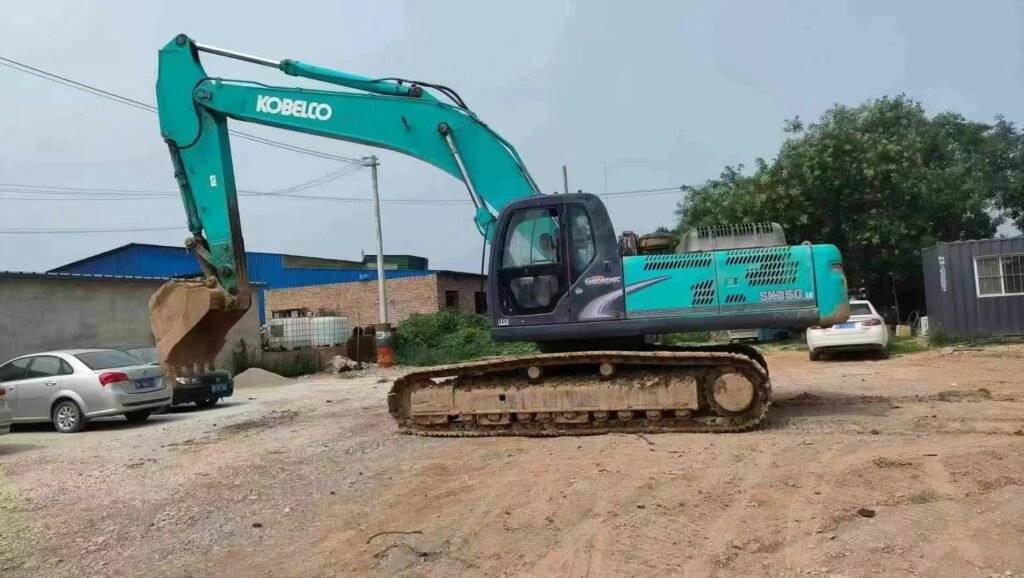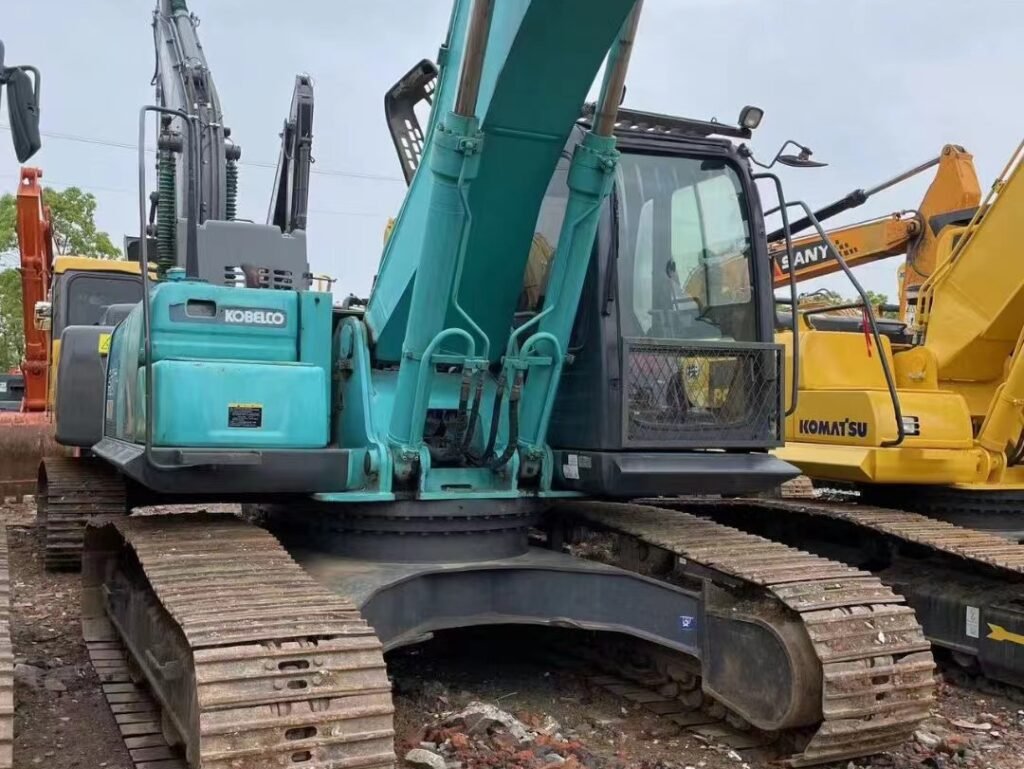I. Introduction
A. Background of the Used Excavator Market
With the rapid development of infrastructure construction, the used excavator market has become a popular choice for many contractors. Compared to new models, used excavators are more competitively priced, making them suitable for budget-constrained projects. However, the market offers a variety of brands and models, and the quality of equipment can vary significantly. Therefore, conducting a comprehensive inspection before purchase is crucial.
B. Importance of Assessing Equipment Condition
Thoroughly inspecting the working condition of the equipment is a key step in ensuring quality purchases. A detailed evaluation can identify potential issues, avoiding high repair costs and project delays later on. Understanding the true state of the equipment aids in making informed purchasing decisions, ensuring you choose a cost-effective option.
II. Preparatory Work Before Inspection
A. Gather Relevant Information
Before conducting an on-site inspection, it is essential to collect all relevant information about the equipment, including technical documents, operating manuals, and maintenance records. This information will help you understand the specifications, maintenance history, and recommended upkeep procedures from the manufacturer.
B. Establish Inspection Standards
Developing specific inspection standards and evaluation processes is key to ensuring a thorough assessment. Refer to industry standards and expert recommendations to outline inspection points for appearance, performance, and systems, and prepare the necessary tools and equipment for the on-site evaluation.
III. Visual Inspection
A. Overall Appearance of the Equipment
The overall appearance inspection is the first step in assessing the equipment’s condition. Look for visible wear, rust, cracks, or other damage, especially in high-load areas and critical components. A well-maintained exterior typically indicates proper upkeep of the equipment.
B. Inspection of Special Components
During the visual inspection, pay particular attention to the hydraulic system, engine, and electrical systems. Check for leaks, deformation, or aging in hydraulic lines, and look for oil stains or unusual noises coming from the engine. Ensure that the electrical system has no exposed wires or signs of corrosion.

IV. Functional Testing
A. Starting and Running
Functional testing is an essential part of evaluating the equipment’s condition. First, attempt to start the engine and observe its starting performance for any irregularities, unusual noises, or vibrations. During operation, monitor the engine’s temperature and oil pressure to ensure they remain within normal ranges.
B. Operational Performance
Test the excavator’s performance under various working conditions, including digging, lifting, and moving capabilities. Through actual operation, observe the equipment’s responsiveness, stability, and load capacity to ensure it meets expected work requirements.
V. Key System Checks
A. Hydraulic System
The hydraulic system is a critical component of the excavator. Check the condition of the hydraulic oil, oil level, and whether there are any leaks in the lines. The cleanliness of the hydraulic oil directly affects the equipment’s performance and longevity; ensure the oil meets the manufacturer’s specifications.
B. Electrical System
The functionality of the electrical system is vital for the operation of the excavator. Check the control panel and sensors to ensure all indicator lights are functioning correctly. Test the responsiveness of all control functions (such as raising and lowering the boom and arm) to avoid safety hazards during future operations.
VI. Structural and Safety Assessment
A. Integrity of Equipment Structure
Assess the structural integrity of the equipment by inspecting the frame, chassis, and tracks for stability. Ensure there are no significant cracks, deformations, or wear, especially in load-bearing components, as the integrity of the structure directly impacts operational safety.
B. Safety Equipment Check
Verify that safety devices are complete and functioning correctly, including warning lights, braking systems, and emergency shut-off devices. Ensure that safety features can effectively protect operators and equipment when needed, complying with relevant safety standards.
VII. Maintenance and Service Records
A. Review of Maintenance Records
Examine the maintenance history of the equipment to confirm that servicing has been performed on schedule. A solid maintenance record is crucial for stable performance and prolonged equipment life; understanding past maintenance can help assess future usability.
B. Assess Future Maintenance Needs
Based on the actual condition of the equipment, evaluate the potential future maintenance and upkeep requirements. Consider routine servicing, parts replacement, and possible upgrades to ensure reliability and efficiency during long-term use.
VIII. Conclusion
A. Key Elements of a Thorough Inspection
Summarize the main aspects and points of the used excavator inspection, including appearance, functionality, systems, and safety features, highlighting the importance of each aspect to ensure a comprehensive assessment of the equipment’s condition.
B. Purchasing Decision Recommendations
Provide purchasing decision recommendations based on the inspection results, encouraging buyers to make purchases only after confirming the quality of the equipment. This approach ensures the selection of high-quality, cost-effective used excavators, laying a solid foundation for subsequent engineering operations.



